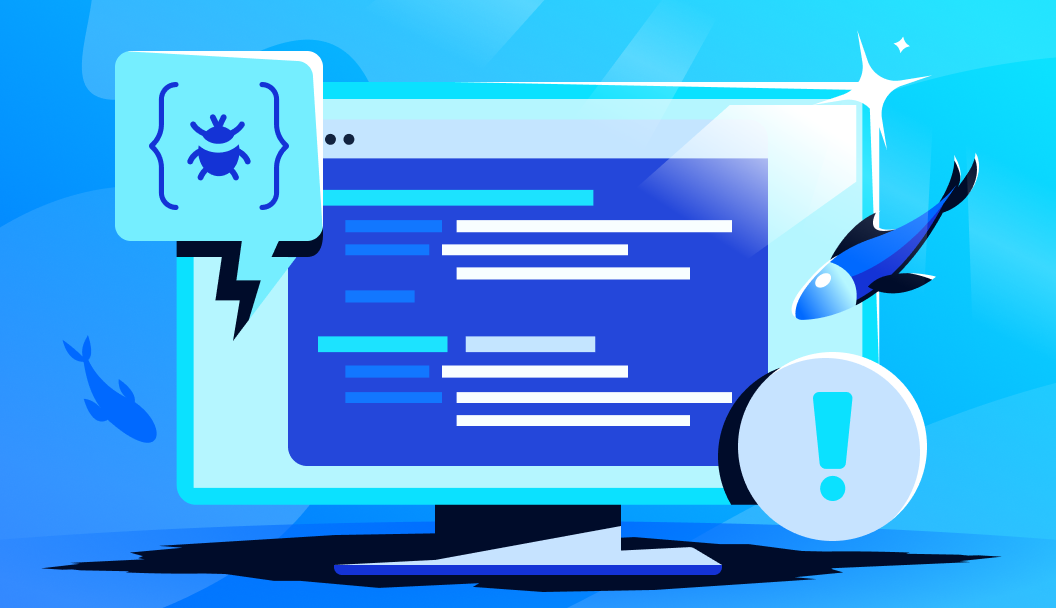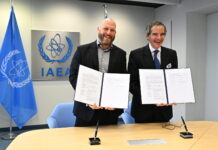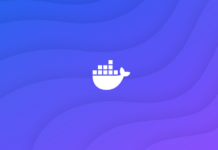Exploring DigitalOcean’s Virtual Private Cloud: A Comprehensive Guide
In today’s digital age, the need for secure and isolated networking environments is more critical than ever. Businesses across the globe are expanding their online presence, leading to a greater demand for cloud mobility and heightened concerns about data breaches. Recognizing this, DigitalOcean has introduced its Virtual Private Cloud (VPC) solution, a robust private networking service designed to deliver enhanced security and privacy for resources within the DigitalOcean ecosystem.
Understanding DigitalOcean VPC
DigitalOcean’s VPC is a private networking service that enables users to create isolated networks within the DigitalOcean cloud. These private networks provide a secure environment for virtual machines, known as Droplets, and Managed Databases to operate without exposure to the public internet. By utilizing VPCs, businesses can ensure that their data is protected as it moves within the cloud, offering a layer of security that is crucial in today’s threat-laden environment.
A standout feature of DigitalOcean’s VPC is its simplicity. The solution is designed to be intuitive and user-friendly, allowing individuals with little to no networking knowledge to set up private networks with ease. For those seeking more control, the platform also offers the ability to create custom VPCs with address ranges from the RFC1918 address space, a set of IP address ranges designated for private networks.
Droplet Networking Model
At the heart of DigitalOcean’s VPC offering are Droplets, which are essentially virtual machines running on the platform. Each Droplet is equipped with two network interfaces: a public one (eth0) and a private one (eth1). The public interface connects to the internet, while the private interface handles all traffic within the VPC. This dual-interface setup ensures that sensitive data is kept separate from public internet traffic, enhancing security.
For a clearer understanding, consider an example of a Droplet using Ubuntu 22.04. The public interface (eth0) is assigned an IPv4 address, and optionally, an IPv6 address if enabled. The private interface (eth1), on the other hand, is allocated a private IPv4 address from the VPC’s subnet. All traffic within the VPC flows through this private interface, ensuring that data remains secure within the network.
This VPC setup operates like a Layer 2 (L2) domain, which means that data packets are forwarded using MAC (Media Access Control) addresses. When a Droplet needs to communicate with another within the same VPC, it uses ARP (Address Resolution Protocol) to obtain the MAC address of the target Droplet. This process ensures efficient and secure data transmission within the network.
Data Plane Architecture
DigitalOcean’s Droplets run on a network of bare metal hypervisors, which are essentially powerful servers that host multiple virtual machines. These hypervisors support multiple VPCs, necessitating strong network isolation to protect data. To achieve this, DigitalOcean employs VXLAN (Virtual Extensible LAN) technology. VXLAN allows each VPC to operate within its own isolated tunnel, preventing data from leaking out.
A VXLAN network is identified by a unique VXLAN Network Identifier (VNI), which ensures that traffic within a VPC remains isolated. Each Droplet’s MAC address is used to identify its traffic uniquely, allowing the VPC to forward data efficiently within the network. This setup ensures that even if different VPCs have overlapping IP address spaces, their traffic remains distinct and secure.
As a data packet exits a source hypervisor, the VPC data path identifies the packet’s source MAC address to determine the appropriate VXLAN tunnel. The packet is then encapsulated with the correct VNI and forwarded to its destination hypervisor. This process creates a full mesh network, where each hypervisor directly communicates with others, ensuring efficient data flow.
Control Plane: The Brain of VPC
The control plane is the central system that manages VPC operations, ensuring seamless routing and data flow. It responds to user actions, such as adding or removing Droplets, by updating the network’s configuration. This system is crucial for maintaining the full mesh data plane, where hypervisors communicate directly with each other.
When a user creates a Droplet within a VPC, the control plane orchestrates the necessary network configurations. This involves coordinating with various network services, such as the IP Address Management Service (IPAM) and the Regional Networking Service (RNS), to allocate IP addresses and manage VPC memberships.
One of the primary challenges of the VPC control plane is managing distributed state propagation at scale. This involves handling bursts of updates, such as when multiple Droplets are added or removed due to user actions or maintenance activities. The system must efficiently distribute these updates across all relevant hypervisors to maintain network integrity.
To achieve this, the control plane employs a robust task management framework, which includes a northbound API for managing VPC memberships, RabbitMQ for task queuing, and worker nodes for executing state updates. This setup ensures that updates are efficiently propagated across hypervisors, even in the face of potential failures.
Conclusion
DigitalOcean’s Virtual Private Cloud offers a powerful solution for businesses seeking secure and isolated networking environments. By leveraging VXLAN technology and a robust control plane, the platform ensures that data remains protected within the cloud. As DigitalOcean continues to refine its VPC offering, users can expect even more advanced features and capabilities, further enhancing the security and flexibility of their cloud infrastructure.
For more insights and updates on DigitalOcean’s VPC, visit their official blog at DigitalOcean Blog.
For more Information, Refer to this article.


































